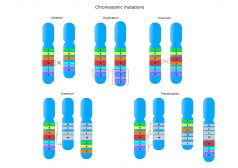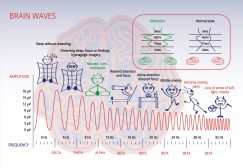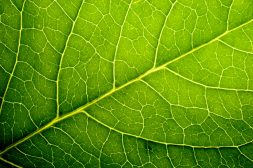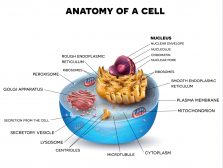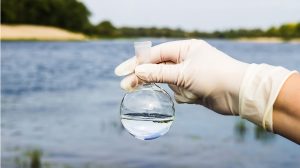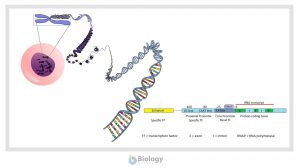Definition
noun
An oily substance produced and secreted by sebaceous gland
Supplement
Sebum is the substance produced and secreted by the sebaceous gland. Sebaceous glands are an exocrine gland in the skin and function by secreting sebum often into the hair follicle. The sebum they secrete is essential in lubricating the hair and the skin. It is an oily substance that gives skin and hair its waterproof characteristic. In humans, the sebaceous glands are on all parts of the skin but they are greatest in number on the face and scalp and are lacking on the palms of the hands and soles of the feet. In humans, sebum is composed primarily of the following: triglycerides (~41%), wax esters (~26%), squalene (~12%), and free fatty acids(~16%).1, 2
Sebum helps reduce water loss from the skin surface and protects the skin from infection. Sebum is odorless. However, bacterial action on sebum results in the production of a strong body odour.
Sebum preputiale is a type of sebum that is secreted and collected under the prepuce of the foreskin of the penis or of the clitoris.
Word origin: Latin sebum (tallow, grease)
See also:
Related term(s):
Reference(s):
1 Thody, A. J. and Shuster, S. (1989). “Control and Function of Sebaceous Glands”. Physiological Reviews. 69 (2): 383–416.
2 Cheng, J. B. and D. W., Russell (September 2004). “Mammalian Wax Biosynthesis II: Expression cloning of wax synthase cDNAs encoding a member of the acyltransferase enzyme family”. The Journal of Biological Chemistry. 279 (36): 37798–807.

